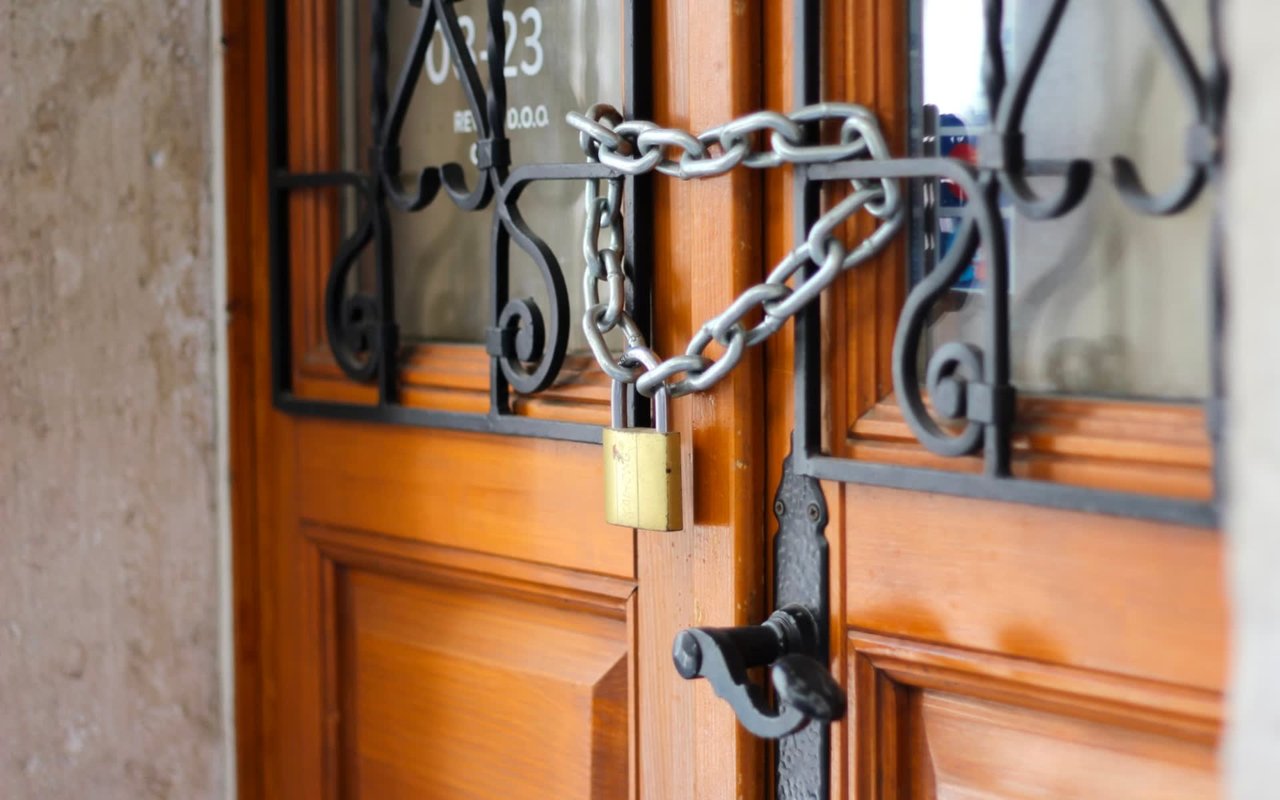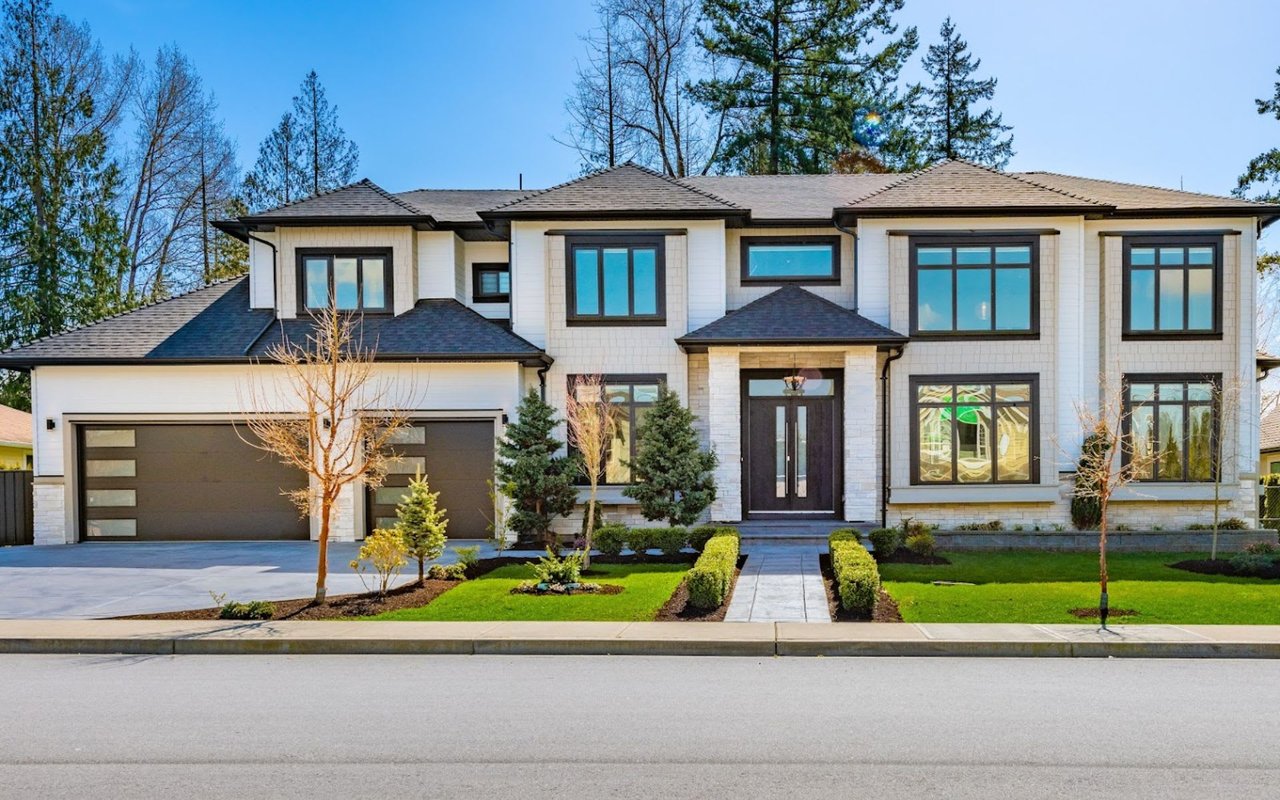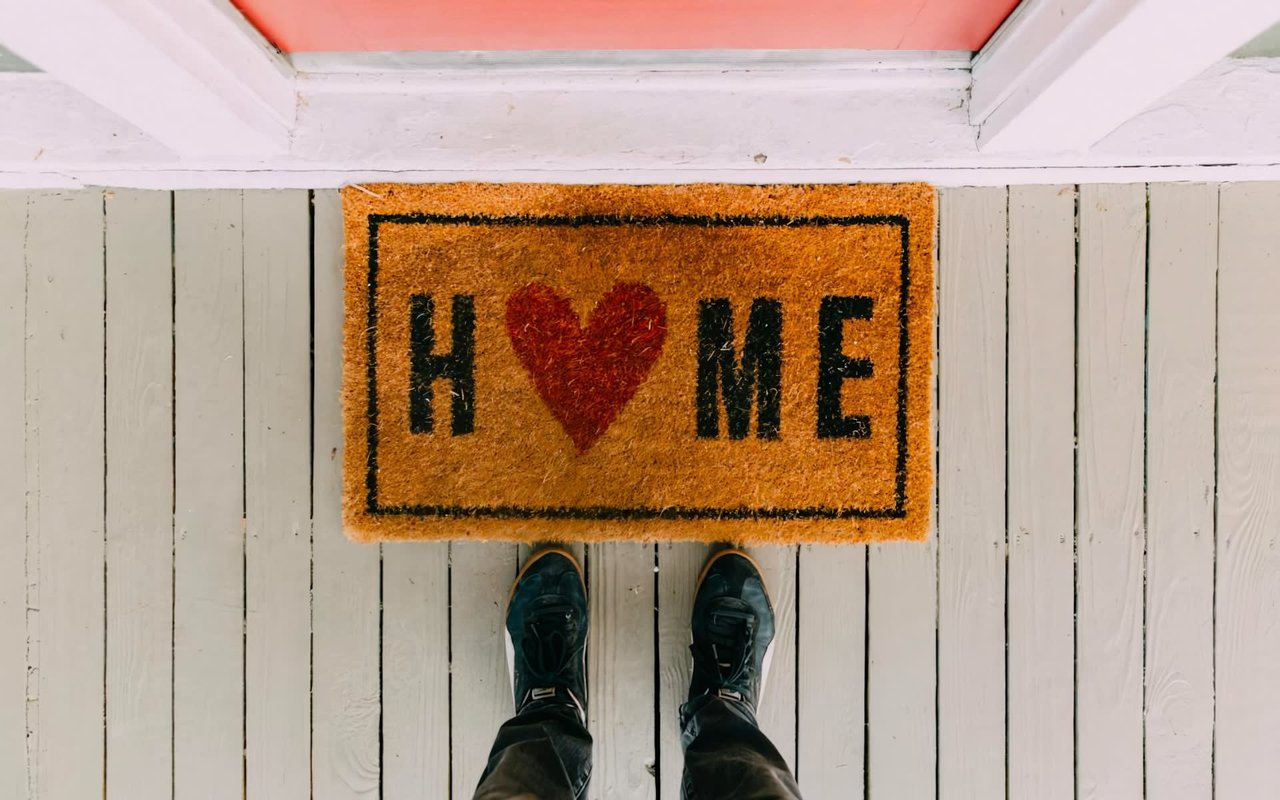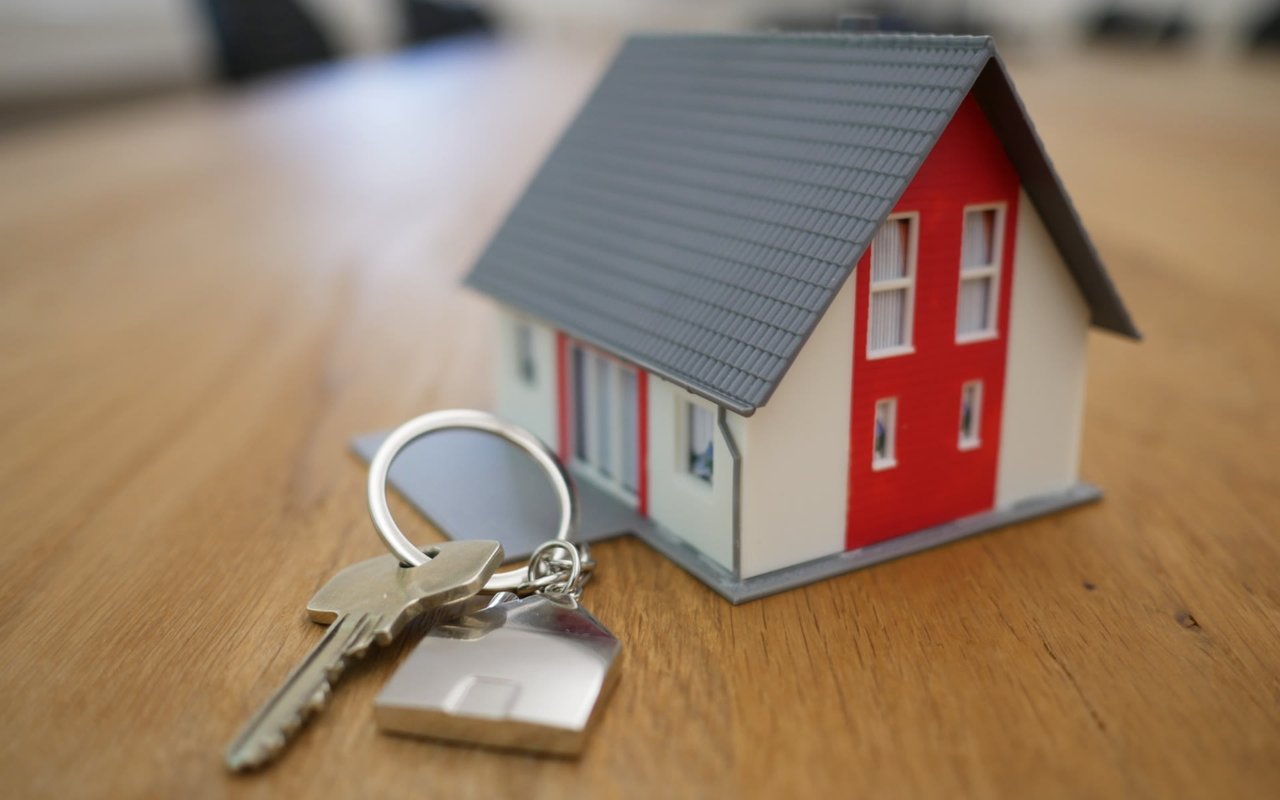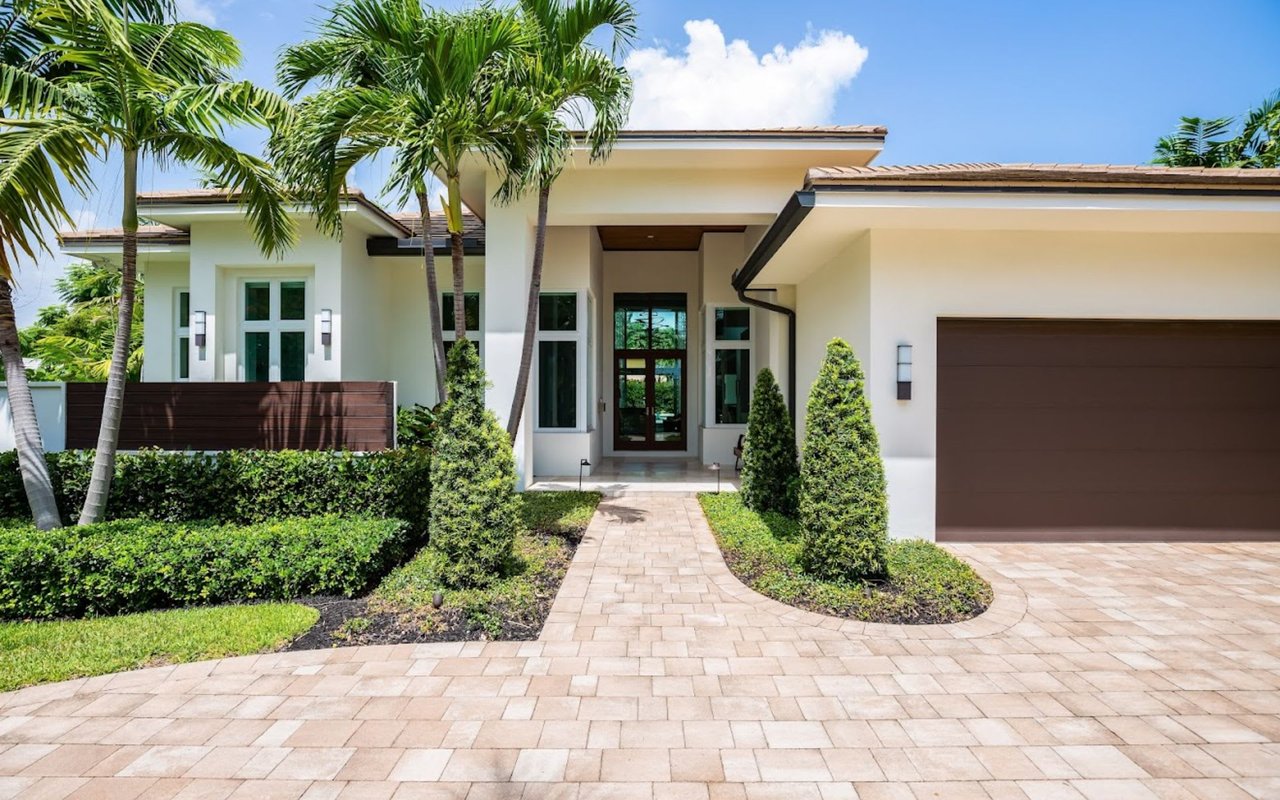Foreclosure, while a challenging and distressing experience, does not mark the end of a property's story. With strategic planning and rehabilitation efforts, a foreclosure property can be transformed into a valuable asset. In this guide, explore the process of default recovery and delve into the various steps and considerations involved in foreclosure rehabilitation.
1. Understanding Foreclosure and Default
Foreclosure occurs when a homeowner fails to make mortgage payments, leading the lender to take legal action to repossess the property. Default, the failure to meet mortgage obligations, often precedes foreclosure. It's crucial to understand the reasons behind foreclosure, which can include financial hardships, job loss, or other unforeseen circumstances.
2. Assessing the Property's Condition
Before embarking on the journey of foreclosure rehabilitation, assess the property's current condition. Conduct a thorough inspection to identify structural issues, water damage, mold, or any other problems that may have arisen during the period of neglect. Understanding the scope of rehabilitation needed will guide your planning and budgeting process.
3. Developing a Comprehensive Rehabilitation Plan
Creating a detailed rehabilitation plan is essential for the successful recovery of a foreclosure property. Identify the necessary repairs and improvements, prioritize them based on urgency and impact, and establish a budget for the rehabilitation process. This plan will serve as a roadmap for the property's transformation.
4. Assembling a Skilled Team
Foreclosure rehabilitation often requires the expertise of various professionals, including contractors, architects, and property inspectors. Assemble a skilled team to execute your rehabilitation plan effectively. Vet professionals carefully by checking their credentials, references, and previous work to ensure they align with your project's goals.
5. Securing Financing for Rehabilitation
Securing financing for foreclosure rehabilitation can be challenging, especially if the property is in disrepair. Explore financing options, including loans specifically designed for property rehabilitation, government-backed renovation programs, or private investors interested in distressed property projects. A well-prepared and convincing rehabilitation plan can enhance your chances of securing funding.
6. Navigating Legal Aspects
Foreclosure rehabilitation involves navigating legal aspects related to the property's foreclosure and ownership status. Work closely with legal professionals to address any legal hurdles, clear outstanding liens, and ensure a smooth transfer of ownership. Resolving legal issues promptly is crucial for a successful rehabilitation process.
7. Implementing Necessary Repairs and Renovations
Once the legal aspects are addressed and financing is secured, it's time to implement the rehabilitation plan. Focus on necessary repairs and renovations, addressing both cosmetic and structural issues. This may include fixing plumbing and electrical systems, repairing the roof, updating interiors, and ensuring the property complies with local building codes.
8. Prioritizing Energy Efficiency and Sustainability
Incorporating energy-efficient and sustainable features during rehabilitation not only adds value to the property but also aligns with modern trends and regulations. Consider energy-efficient appliances, insulation, and renewable energy sources to make the property more appealing and cost-effective in the long run.
9. Enhancing Curb Appeal
First impressions matter, especially in real estate. Enhance the property's curb appeal to attract potential buyers or tenants. This may involve landscaping, painting, repairing or replacing the driveway, and updating the exterior to create a welcoming and aesthetically pleasing appearance.
10. Marketing the Rehabilitated Property
Once the rehabilitation is complete, strategically market the property to attract potential buyers or tenants. Highlight the improvements made, energy-efficient features, and any unique selling points. Utilize professional photographs, virtual tours, and other marketing tools to showcase the property's transformation.
11. Working with Real Estate Professionals
Consider working with experienced real estate professionals to facilitate the sale or rental of the rehabilitated property. Real estate agents, property managers, and marketing experts can provide valuable insights, market the property effectively, and assist in negotiations to maximize returns on your investment.
12. Monitoring and Continuous Maintenance
Even after the property is rehabilitated and occupied, ongoing monitoring and maintenance are crucial. Implement a routine maintenance schedule to address any issues promptly and preserve the property's value. Regular inspections can help identify potential problems before they escalate.
13. Exploring Affordable Housing Options
In some cases, foreclosure rehabilitation may align with affordable housing initiatives. Explore partnerships with organizations or government programs dedicated to providing affordable housing solutions. This not only contributes to community development but also offers an additional avenue for securing funding or support.
Turning Challenges into Opportunities
Foreclosure rehabilitation is a multifaceted process that involves overcoming challenges and seizing opportunities. By understanding the intricacies of foreclosure, developing a comprehensive rehabilitation plan, assembling a skilled team, securing financing, and prioritizing sustainable features, a distressed property can be transformed into a valuable asset. For expert guidance and assistance in navigating the foreclosure rehabilitation process, consider reaching out to professionals like OMNI Homes, where experienced realtors Sergio Flores, Matthew Alimena, and Ken Grady can provide valuable insights and support. Embrace the potential of default recovery and contribute to the renewal of distressed properties, turning challenges into opportunities for both investors and communities.
